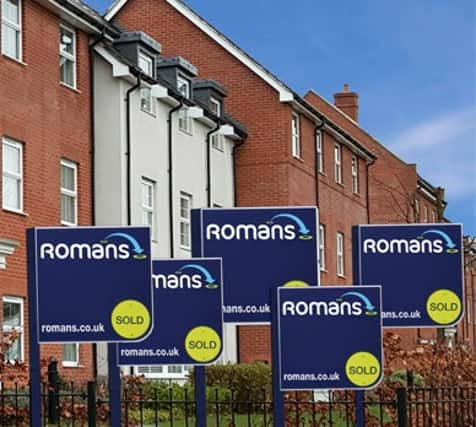What is a leasehold property? And, how does it differ from a freehold property?


Unique to England and Wales, there are two different forms of legal ownership: freehold and leasehold. Freehold remains the majority type of ownership in the UK however with the large number of new build developments and conversions being sold, leasehold ownership is becoming more common place, particularly in places like London where 95% of new properties sold 2016 were classified as leasehold.
Unlike Freehold which is the outright ownership of a property and the land it stands on, leasehold ownership is buying the temporary right to use the property – which is yours for the duration of the lease.
Advertisement
Hide AdAdvertisement
Hide AdDan Lowery, Director of Romans Surveyors explains further: “The leasehold homeowner has a lease with the landlord (Freeholder) which states how many years they own the property and what restrictions may be imposed on how they live in the property such as whether pets are allowed or whether they can make substantial alterations.”
When the lease expires, the property can return to the landlord however in reality most people never actually get to the end of the lease and renew it long before then.
“The length of a lease can affect the value of a property typically the shorter the lease, the lower the asking price. On the whole, when the lease gets past 90 years, it is usually a good time to start looking into extending it. Once the term falls below 80 years the costs to extend can increase significantly, and if selling is part of your plan, this can affect the asking price and whether a buyer can get a mortgage on the property or not – which limits potential buyers.
Leaseholders may also be expected to pay ground rent and services charges.
Advertisement
Hide AdAdvertisement
Hide Ad“Ground rent is rent paid under the terms of the lease to the landlord. It can be fixed, remain the same, or escalating, which means they can increase during the course of the lease. This will be specified in the lease” adds Dan.
Service charges are the fees paid to cover the reasonable costs incurred in providing services to the building as well as maintaining and repairing the common areas such as roofs and gardens.
“When buying a leasehold property, it is advised to find out what is included in the service charges and if there are any other costs you might need to contribute to in addition to this.
As the above shows, leasehold ownership is a little more complex than freehold ownership and as with all purchases; expert advice should always be sought. For more information on leasehold properties contact 0333 1220 961.